Home>Furniture & Design>Bathroom Accessories>How To Remove Adhesive From A Bathtub
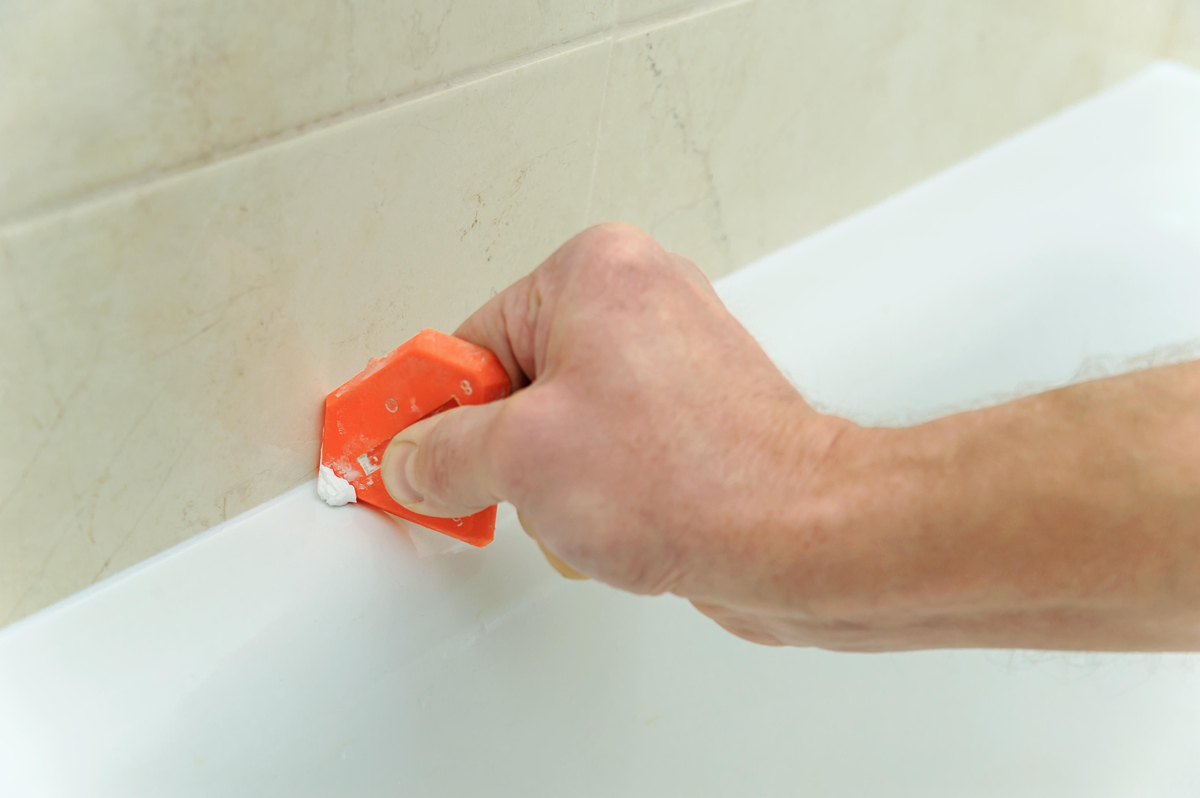

Bathroom Accessories
How To Remove Adhesive From A Bathtub
Modified: April 22, 2024
Learn effective methods to remove adhesive from your bathtub and restore its shine. Discover easy solutions for cleaning bathroom accessories.
(Many of the links in this article redirect to a specific reviewed product. Your purchase of these products through affiliate links helps to generate commission for Storables.com, at no extra cost. Learn more)
Introduction
Removing adhesive from a bathtub can be a challenging task, especially when dealing with stubborn residues that seem to defy all conventional cleaning methods. Whether you're renovating your bathroom, replacing old accessories, or simply trying to get rid of unsightly adhesive remnants, it's essential to approach the task with the right techniques and tools. Understanding the nature of the adhesive and the appropriate removal methods is crucial to achieving a clean and pristine bathtub surface.
Adhesive residues can be left behind when removing old bathtub accessories such as shower caddies, soap dishes, or non-slip mats. These residues not only detract from the aesthetic appeal of the bathtub but can also harbor dirt and grime, making cleaning efforts less effective. Moreover, if left unaddressed, adhesive residues can compromise the adhesion of new accessories, leading to potential safety hazards and a less durable installation.
In this comprehensive guide, we will explore various methods for effectively removing adhesive from a bathtub. From utilizing common household items to employing commercial adhesive removers, we will cover a range of techniques to cater to different preferences and availability of resources. Additionally, we will highlight essential precautions and safety measures to ensure that the adhesive removal process is carried out without causing damage to the bathtub surface or posing any health risks.
By the end of this guide, you will be equipped with the knowledge and insights needed to tackle adhesive residues on your bathtub with confidence and precision. Let's delve into the intricacies of adhesive removal and discover the most effective approaches to restore the pristine condition of your bathtub.
Key Takeaways:
- Say goodbye to stubborn bathtub adhesive by using household items like vinegar, baking soda, and lemon juice. These natural remedies offer gentle yet potent cleaning properties, making adhesive removal a breeze without harsh chemicals.
- Commercial adhesive removers provide a targeted and efficient solution for tough adhesive residues on bathtubs. Follow safety measures, such as ventilation and personal protective equipment, for a hassle-free and risk-free adhesive removal process.
Read more: How To Remove Adhesive From Glass
Understanding the adhesive
When it comes to removing adhesive from a bathtub, understanding the nature of the adhesive is crucial for determining the most effective removal methods. Adhesive residues found on bathtubs are typically the remnants of bonding agents used to affix various accessories such as shower caddies, soap dishes, or non-slip mats. These adhesives are designed to create a strong and durable bond, which often makes their removal a challenging task.
The composition of the adhesive can vary depending on the type of accessory it was used to attach. Common adhesives include silicone-based, epoxy, or acrylic adhesives, each with its unique properties and bonding strength. Silicone-based adhesives, for instance, are known for their flexibility and resistance to water, making them a popular choice for bathroom applications. On the other hand, epoxy adhesives offer exceptional bonding strength and durability, often requiring specialized removal techniques.
In addition to the type of adhesive, the age and exposure of the adhesive residue can also impact its removal. Over time, adhesive residues can harden and become more resistant to conventional cleaning methods. Exposure to moisture, soap scum, and mineral deposits can further exacerbate the adhesion of the residue to the bathtub surface, making it even more challenging to remove.
Furthermore, understanding the material of the bathtub is essential when dealing with adhesive removal. Different bathtub materials, such as acrylic, fiberglass, porcelain, or enamel, may react differently to various adhesive removal agents. It's important to consider the compatibility of the removal method with the bathtub material to avoid causing damage or discoloration.
By comprehensively understanding the composition, age, exposure, and bathtub material, you can tailor your approach to effectively remove the adhesive without compromising the integrity of the bathtub surface. In the following sections, we will explore a range of methods for removing adhesive from a bathtub, taking into account the diverse nature of adhesives and the considerations for preserving the bathtub's condition.
Methods for removing adhesive from a bathtub
When it comes to removing adhesive from a bathtub, several methods can be employed to effectively tackle stubborn residues and restore the pristine surface. Each method offers unique approaches to address different types of adhesives and varying degrees of adhesion. By understanding the characteristics of each method, you can choose the most suitable approach based on the specific adhesive residue and the material of your bathtub.
1. Mechanical Removal
Mechanical removal involves physically scraping or peeling off the adhesive residue from the bathtub surface. This method is suitable for relatively softer adhesives and can be performed using tools such as plastic or wooden scrapers. Care must be taken to avoid scratching or damaging the bathtub surface during the process. Additionally, using a hairdryer to gently heat the adhesive can soften it, making it easier to remove without causing harm to the bathtub.
2. Solvent-Based Removal
Solvent-based removal methods utilize chemical agents to dissolve and loosen the adhesive from the bathtub surface. Common solvents such as acetone, isopropyl alcohol, or mineral spirits can be applied to the adhesive, allowing it to break down and facilitate easier removal. It's essential to test the solvent on a small, inconspicuous area of the bathtub first to ensure compatibility and avoid potential damage.
3. Abrasive Cleaning
Abrasive cleaning involves using mild abrasives, such as baking soda or a gentle abrasive cleaner, to scrub away the adhesive residue. This method is suitable for less stubborn adhesives and can be effective in combination with warm water and a non-abrasive sponge. Care should be taken to avoid using harsh abrasives that could scratch or dull the bathtub surface.
4. Chemical Adhesive Removers
Commercial adhesive removers are specifically formulated to dissolve and lift stubborn adhesive residues from various surfaces, including bathtubs. These products often contain powerful solvents and emulsifiers designed to break down adhesives without causing damage to the bathtub material. It's important to follow the manufacturer's instructions and safety precautions when using chemical adhesive removers.
5. Natural Remedies
Natural remedies, such as using vinegar, lemon juice, or baking soda paste, can offer gentle yet effective adhesive removal solutions. These household items can help break down the adhesive while being safer for both the bathtub surface and the environment. When using natural remedies, it's important to allow sufficient dwell time for the ingredients to work on the adhesive before attempting to remove it.
By considering the nature of the adhesive residue and the material of the bathtub, you can select the most appropriate method for removing adhesive and restoring the bathtub to its original condition. It's important to approach the removal process with patience and caution, ensuring that the chosen method aligns with the specific requirements of the task at hand.
Using household items to remove adhesive
Household items offer a convenient and cost-effective approach to removing adhesive from a bathtub, providing effective solutions while minimizing exposure to harsh chemicals. These readily available items can be repurposed to tackle adhesive residues, offering gentle yet potent removal methods. By harnessing the power of common household items, you can effectively restore the pristine condition of your bathtub without the need for specialized cleaning products.
Read more: How To Remove Adhesive From A Shower Caddy
Vinegar and Baking Soda
A simple yet powerful combination, vinegar and baking soda can work wonders in loosening and dissolving adhesive residues. Start by creating a paste using baking soda and water, then apply it directly to the adhesive-affected areas of the bathtub. Allow the paste to sit for a few minutes to penetrate the adhesive. Next, dampen a cloth or sponge with vinegar and gently scrub the adhesive. The acidic nature of vinegar helps break down the adhesive, while the mild abrasive properties of baking soda aid in the removal process. This natural remedy offers an eco-friendly and gentle approach to adhesive removal.
Lemon Juice
Lemon juice, with its natural acidity, serves as an effective solvent for breaking down adhesive residues. Simply apply fresh lemon juice directly onto the adhesive and let it sit for several minutes to allow the citric acid to penetrate the residue. The acidic properties of lemon juice work to weaken the adhesive bond, making it easier to remove. After allowing sufficient dwell time, gently scrub the adhesive with a sponge or cloth. The refreshing scent of lemon adds a pleasant touch to the adhesive removal process, creating a more enjoyable cleaning experience.
Cooking Oils
Common cooking oils, such as vegetable oil or olive oil, can be utilized to soften and dissolve adhesive residues. Apply a small amount of oil directly onto the adhesive and allow it to soak for some time. The oil works to break down the adhesive, making it easier to remove without causing damage to the bathtub surface. Once the adhesive has been sufficiently softened, gently wipe it away using a cloth or sponge. Cooking oils offer a gentle and natural approach to adhesive removal, leaving behind a subtle, pleasant aroma.
By harnessing the natural cleaning properties of household items, you can effectively remove adhesive residues from your bathtub while minimizing exposure to harsh chemicals. These simple yet potent remedies provide environmentally friendly and budget-conscious solutions for restoring the pristine condition of your bathtub. Whether it's vinegar and baking soda, lemon juice, or cooking oils, household items offer versatile and effective options for tackling adhesive residues with ease.
Using commercial adhesive removers
Commercial adhesive removers offer specialized solutions for effectively tackling stubborn adhesive residues on bathtubs. These products are specifically formulated to break down and dissolve a wide range of adhesives, providing a powerful yet controlled approach to adhesive removal. When dealing with adhesive residues that prove resistant to household remedies or conventional cleaning methods, commercial adhesive removers can offer a targeted and efficient solution.
One of the key advantages of using commercial adhesive removers is their ability to address diverse types of adhesives, including silicone-based, epoxy, and acrylic adhesives, among others. These removers are designed to penetrate and weaken the adhesive bond, facilitating easier removal without causing damage to the bathtub surface. Additionally, commercial adhesive removers often come in various formulations, catering to different levels of adhesion and the specific requirements of the adhesive removal task.
When selecting a commercial adhesive remover, it's essential to consider the compatibility with the material of the bathtub. Different types of bathtubs, such as acrylic, fiberglass, porcelain, or enamel, may have varying sensitivities to chemical agents. Therefore, choosing a remover that is safe for use on the specific bathtub material is crucial to prevent any potential damage or discoloration.
Furthermore, commercial adhesive removers typically come with clear usage instructions and safety precautions. It's important to carefully follow the manufacturer's guidelines to ensure the effective and safe application of the remover. This includes proper ventilation, the use of protective gloves, and adherence to recommended dwell times to allow the remover to work effectively on the adhesive.
In addition to their adhesive-dissolving properties, some commercial adhesive removers also feature odorless or low-odor formulations, making the adhesive removal process more comfortable and less intrusive. This is particularly beneficial when working in enclosed bathroom spaces, enhancing the overall experience of using the remover.
By utilizing commercial adhesive removers, you can effectively address persistent adhesive residues on your bathtub, restoring its surface to a clean and pristine state. These specialized products offer a targeted and efficient approach to adhesive removal, providing a valuable solution for challenging cleaning tasks. When used in accordance with the manufacturer's instructions and safety guidelines, commercial adhesive removers can contribute to a successful and hassle-free adhesive removal process, ensuring that your bathtub maintains its aesthetic appeal and functionality.
Read more: How To Remove Grout From Bathtub
Precautions and safety measures
When undertaking the task of removing adhesive from a bathtub, it is essential to prioritize safety and take necessary precautions to ensure a smooth and risk-free process. Adhesive removal often involves the use of chemical agents, mechanical tools, and potentially abrasive materials, making it crucial to adhere to safety measures to protect both the individual performing the task and the integrity of the bathtub surface.
Ventilation and Airflow
Before commencing the adhesive removal process, ensure that the bathroom space is well-ventilated. Proper airflow helps dissipate fumes from chemical solvents or adhesive removers, reducing the risk of inhalation and creating a more comfortable working environment. Opening windows, using exhaust fans, or employing portable fans can significantly improve ventilation within the space.
Personal Protective Equipment
When working with chemical solvents or commercial adhesive removers, it is imperative to use appropriate personal protective equipment (PPE). This includes wearing protective gloves to shield the skin from direct contact with the cleaning agents. Additionally, using safety goggles or protective eyewear can prevent accidental splashes or exposure to fumes, safeguarding the eyes during the adhesive removal process.
Compatibility Testing
Before applying any adhesive removal method or product to the bathtub surface, conduct a compatibility test in an inconspicuous area. This test helps assess the impact of the removal agent on the bathtub material, ensuring that it does not cause discoloration, etching, or other forms of damage. By performing a compatibility test, you can mitigate the risk of unintended harm to the bathtub surface.
Read more: How To Remove Construction Adhesive
Follow Manufacturer's Instructions
When using commercial adhesive removers or chemical solvents, carefully read and adhere to the manufacturer's instructions and safety guidelines. This includes understanding the recommended application methods, dwell times, and any specific precautions related to ventilation, skin contact, or disposal of the product. Following the manufacturer's instructions ensures the safe and effective use of the adhesive removal agents.
Avoid Mixing Chemicals
It is crucial to avoid mixing different chemical agents or cleaners, as this can lead to hazardous reactions or the release of toxic fumes. When using multiple cleaning products, ensure that they are compatible and safe to use together. Mixing chemicals without proper knowledge of their interactions can pose serious health risks and compromise the effectiveness of the adhesive removal process.
Disposal of Waste
Properly dispose of used cleaning materials, cloths, or any waste generated during the adhesive removal process. If using chemical solvents or adhesive removers, follow the disposal guidelines provided by the manufacturer. This may involve sealing the waste in a designated container and disposing of it in accordance with local regulations to prevent environmental contamination.
By prioritizing these precautions and safety measures, you can ensure a safe and successful adhesive removal process, safeguarding both the individual carrying out the task and the condition of the bathtub. Adhering to these guidelines minimizes potential risks and promotes a responsible approach to adhesive removal, contributing to a positive and secure cleaning experience.
Conclusion
In conclusion, the process of removing adhesive from a bathtub requires a thoughtful and informed approach to ensure effective results while safeguarding the integrity of the bathtub surface. By understanding the nature of the adhesive, considering the material of the bathtub, and employing suitable removal methods, individuals can successfully restore their bathtubs to a clean and pristine condition.
Throughout this comprehensive guide, we have explored a range of methods for removing adhesive from bathtubs, encompassing both household remedies and commercial adhesive removers. The utilization of household items such as vinegar, baking soda, lemon juice, and cooking oils provides eco-friendly and budget-conscious solutions for adhesive removal. These natural remedies offer gentle yet potent cleaning properties, making them ideal for addressing adhesive residues without the use of harsh chemicals.
Additionally, the use of commercial adhesive removers offers a targeted and efficient approach to tackling stubborn adhesive residues, providing specialized solutions for diverse types of adhesives. These products are designed to dissolve and lift adhesives without causing damage to the bathtub surface, offering a valuable option for challenging cleaning tasks.
Furthermore, the importance of precautions and safety measures cannot be overstated when undertaking the adhesive removal process. Prioritizing ventilation, using personal protective equipment, conducting compatibility tests, and following manufacturer's instructions are essential steps to ensure a safe and risk-free cleaning experience.
By integrating these methods and safety measures, individuals can confidently address adhesive residues on their bathtubs, enhancing both the visual appeal and functionality of the bathing space. Whether it's removing old adhesive remnants to prepare for a bathroom renovation or simply maintaining a clean and hygienic bathtub surface, the knowledge and insights shared in this guide empower individuals to approach adhesive removal with precision and care.
Ultimately, the successful removal of adhesive from a bathtub contributes to a more enjoyable and aesthetically pleasing bathing environment. By leveraging the diverse methods and precautions outlined in this guide, individuals can achieve a clean and pristine bathtub surface, free from unsightly adhesive residues and ready for renewed use and enjoyment.
In essence, the process of adhesive removal is not only about restoring the physical appearance of the bathtub but also about creating a space that promotes relaxation, cleanliness, and comfort. With the right approach and understanding, adhesive removal becomes a transformative step in maintaining a welcoming and rejuvenating bathroom environment.
Frequently Asked Questions about How To Remove Adhesive From A Bathtub
Was this page helpful?
At Storables.com, we guarantee accurate and reliable information. Our content, validated by Expert Board Contributors, is crafted following stringent Editorial Policies. We're committed to providing you with well-researched, expert-backed insights for all your informational needs.
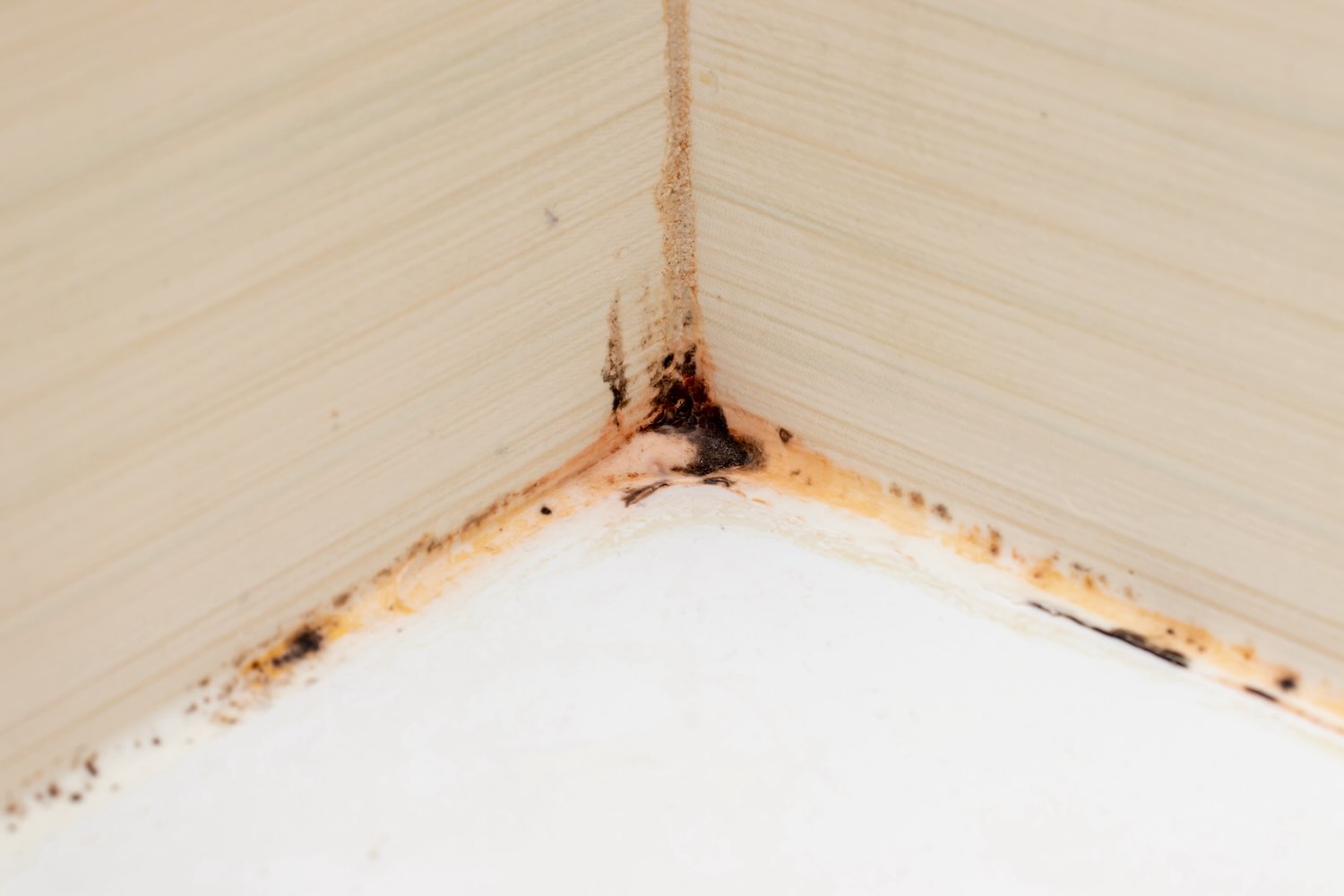
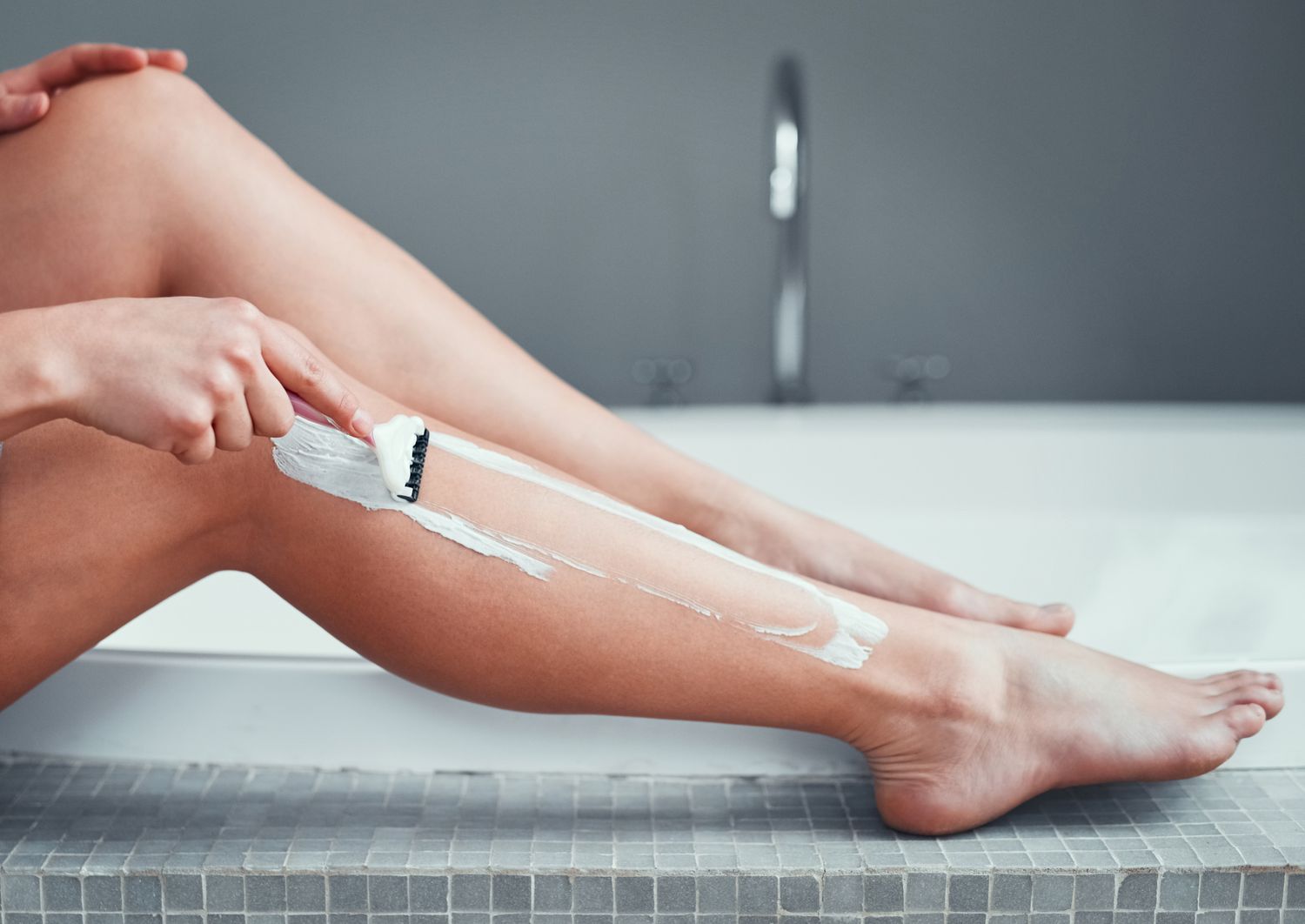
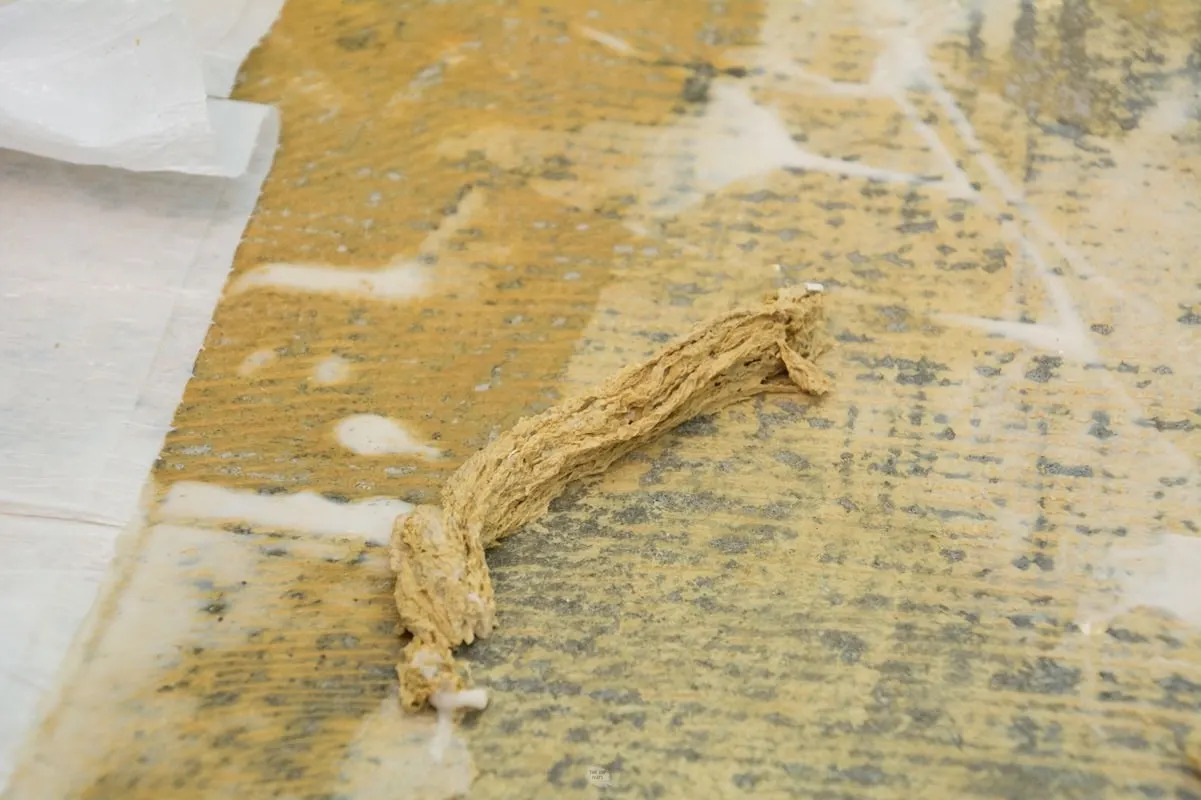
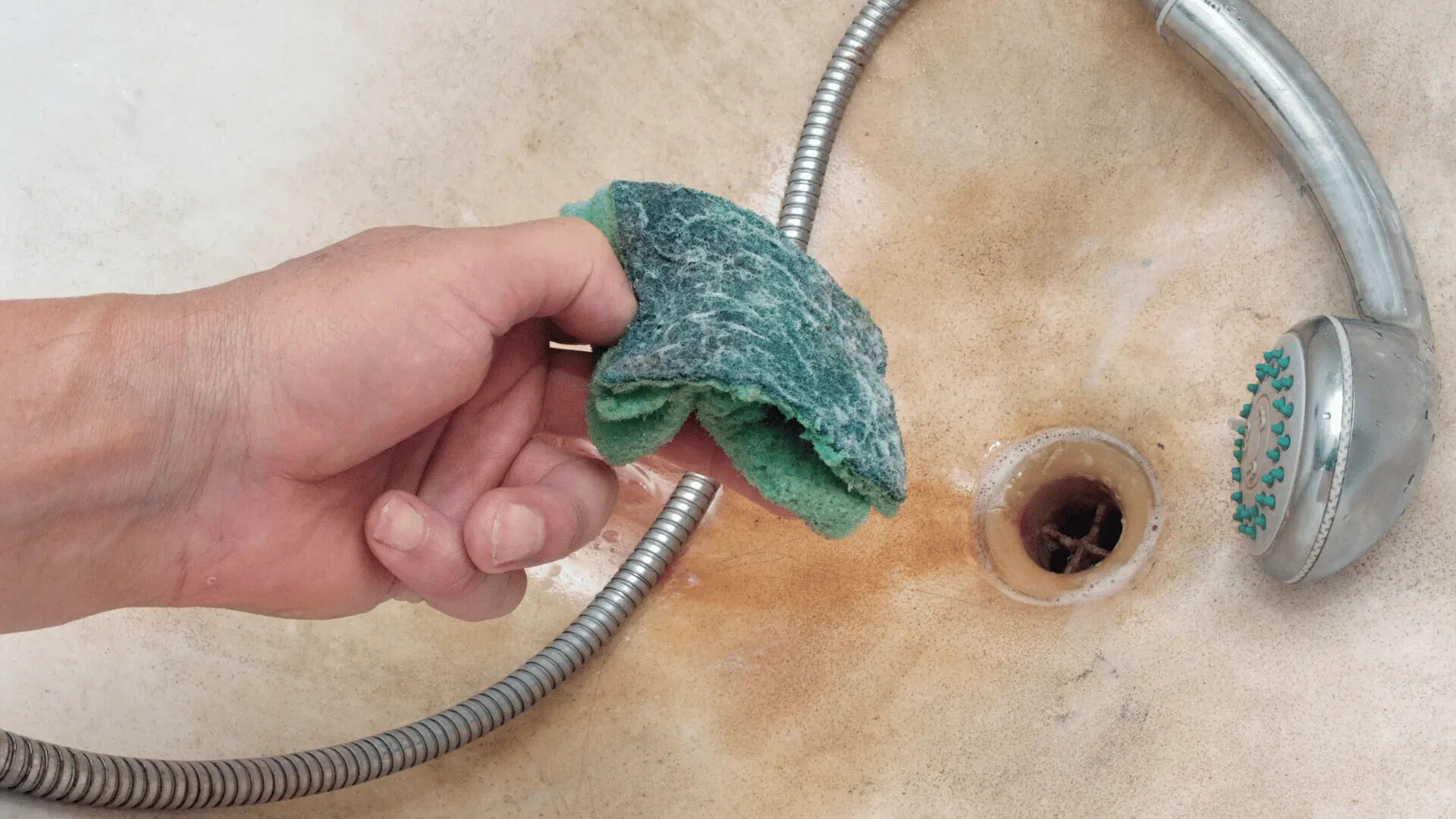
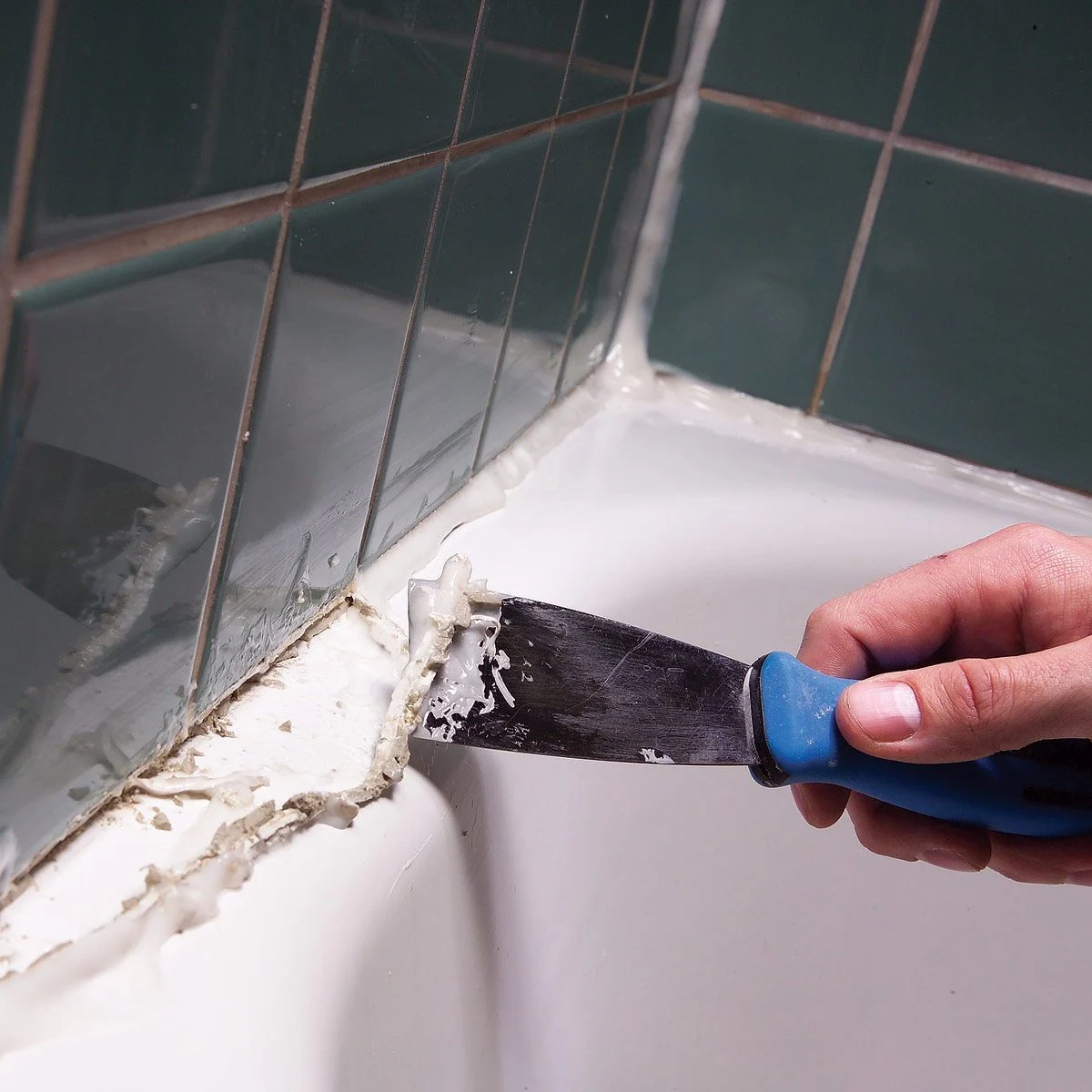
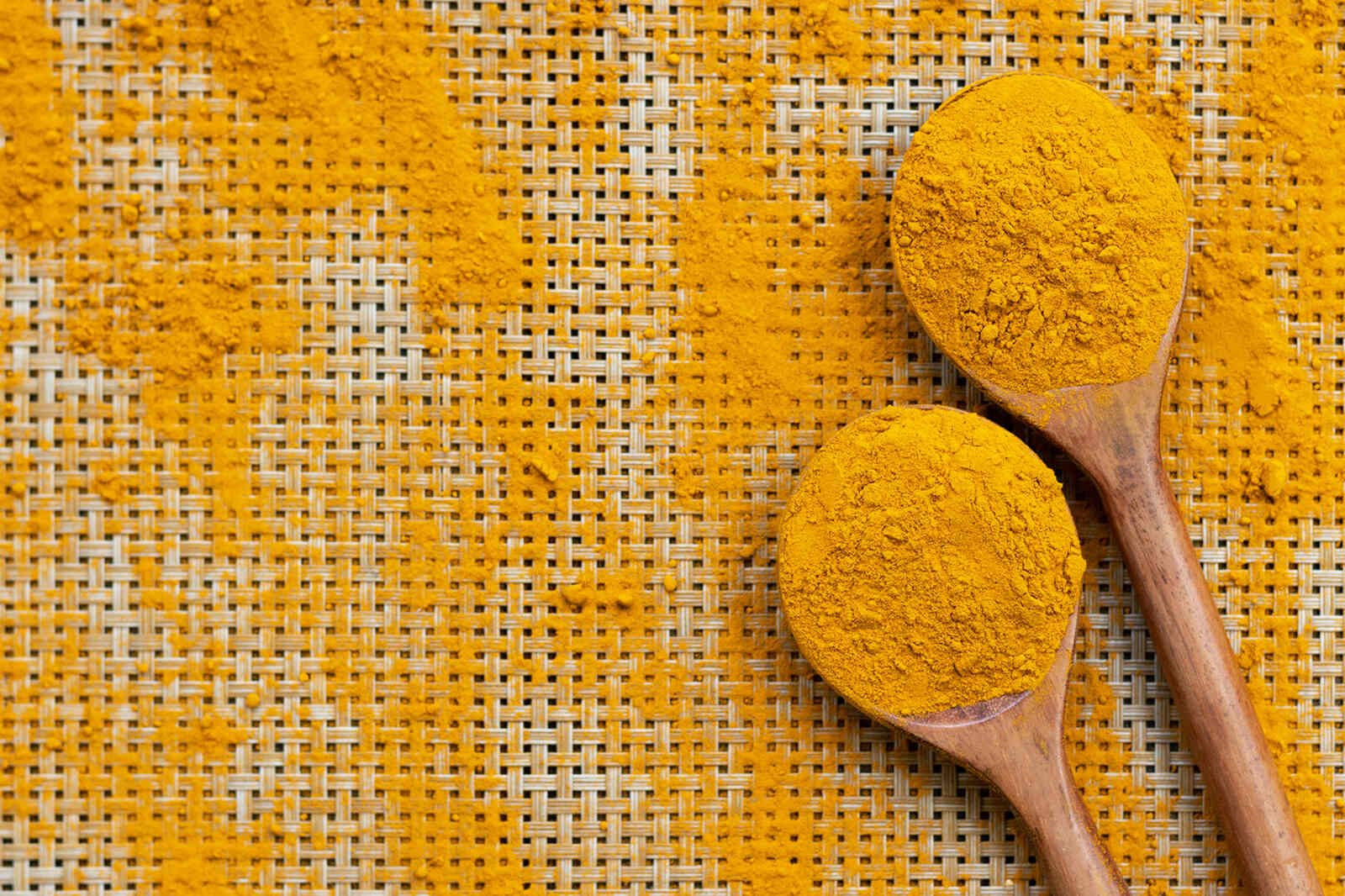
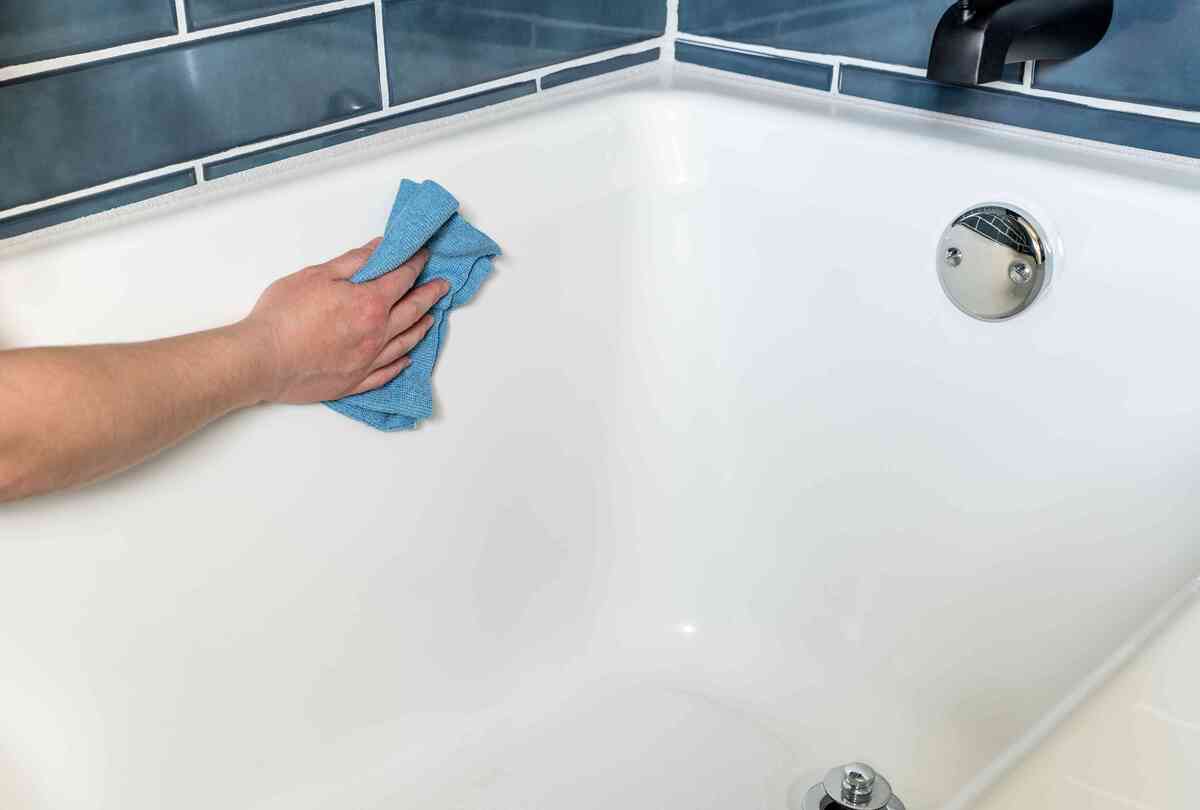
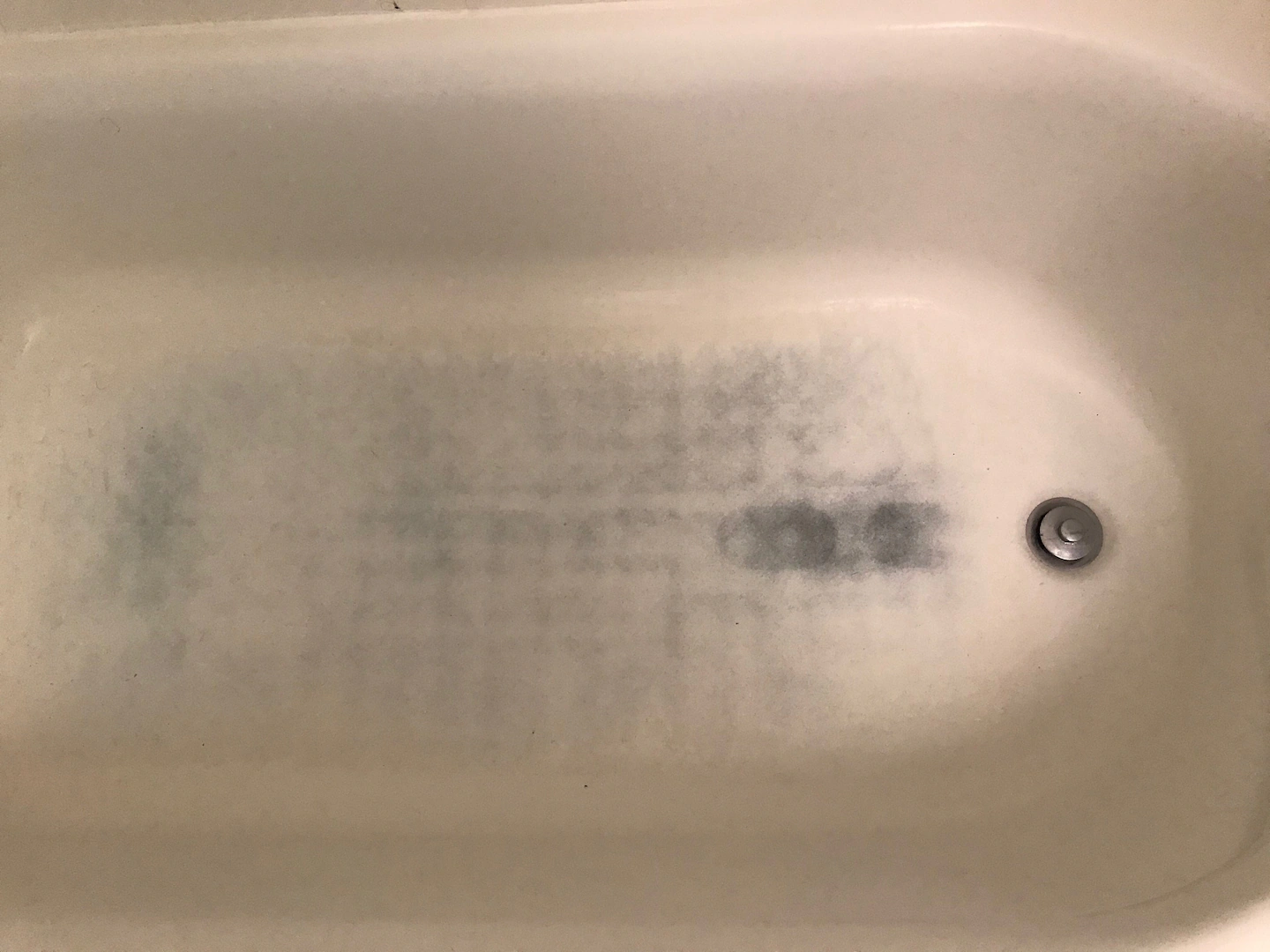
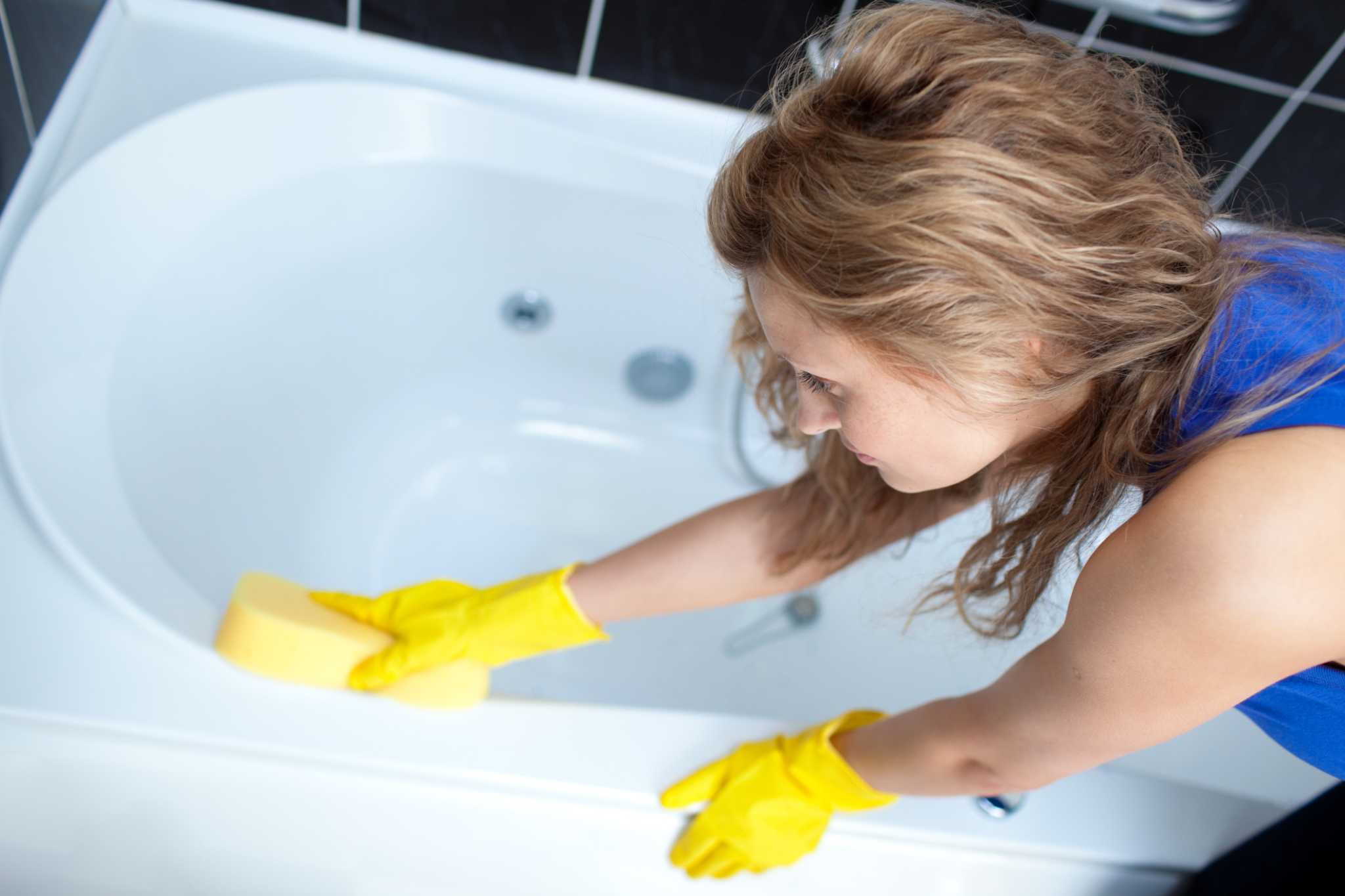
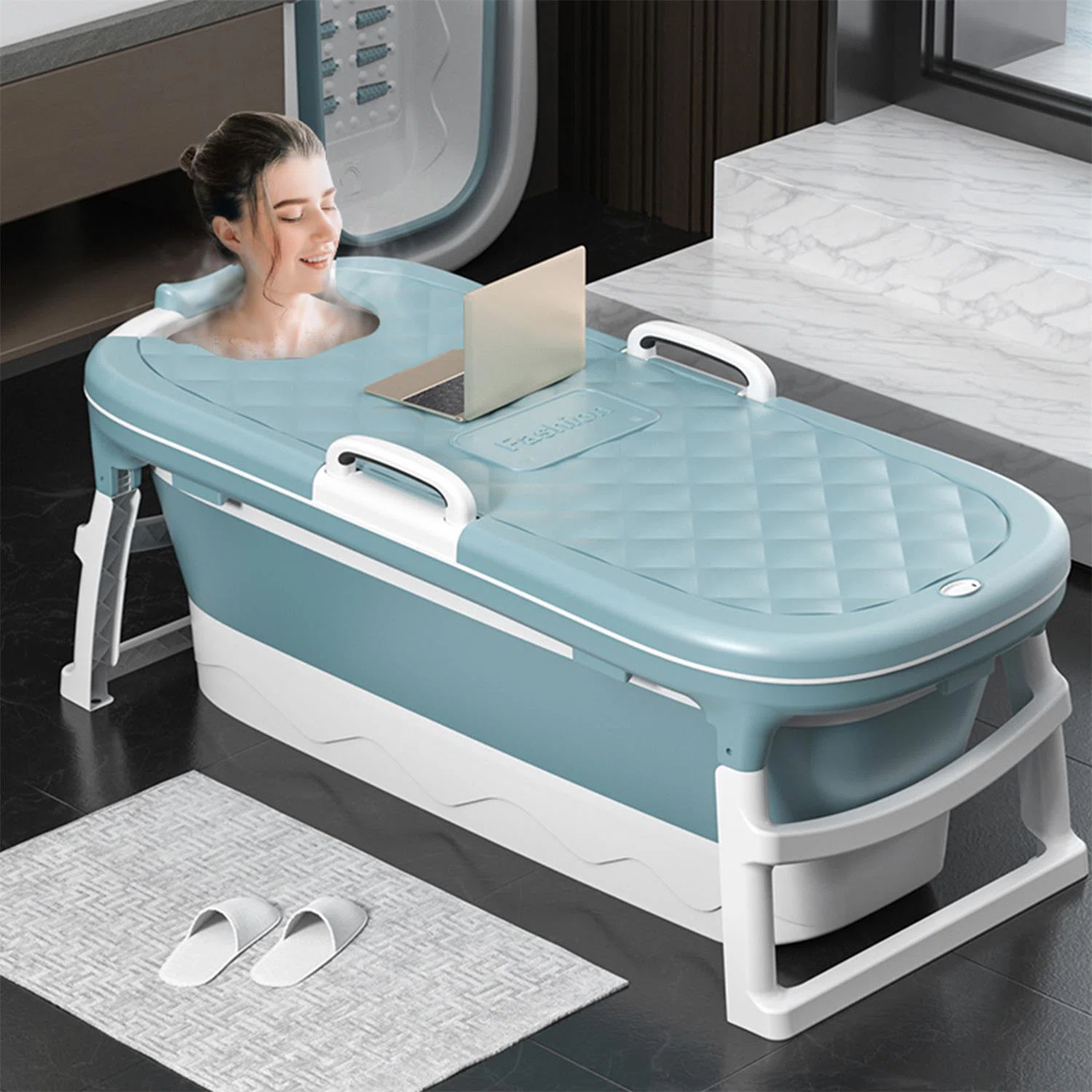

0 thoughts on “How To Remove Adhesive From A Bathtub”